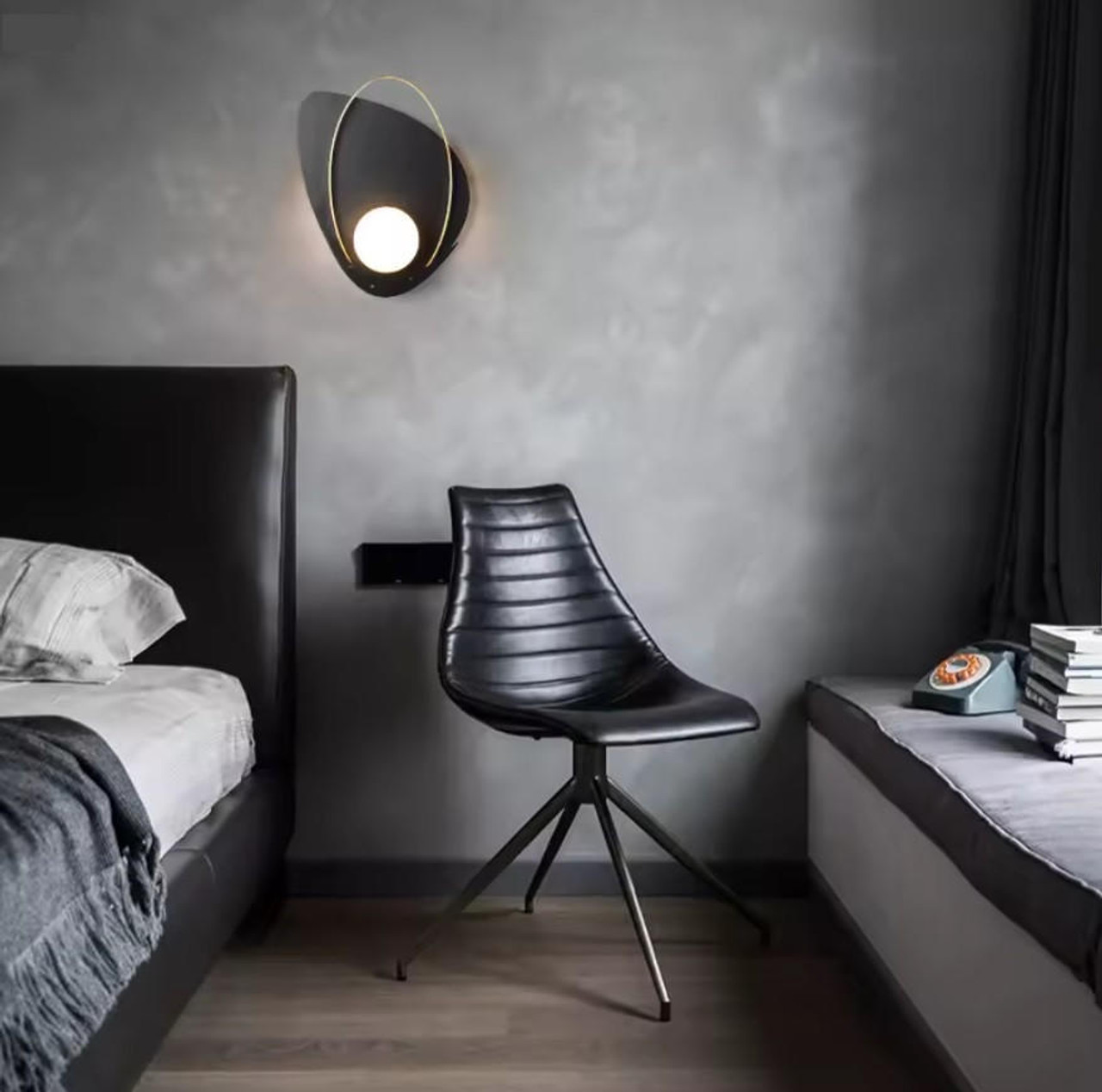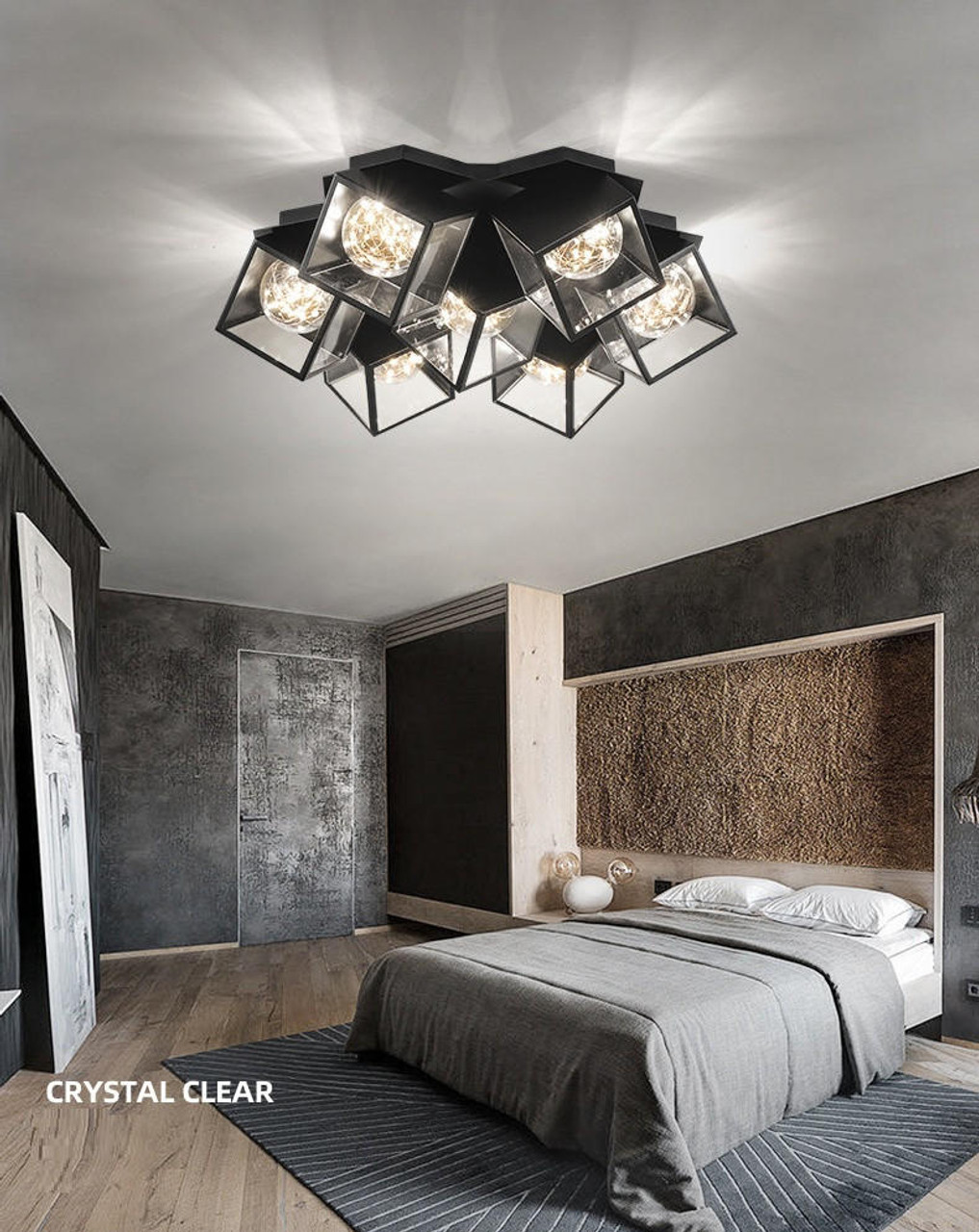How to Choose the Right Lumens for Bedroom Lighting: A Comprehensive Guide
27th Aug 2024
Introduction
Lighting is a key element in creating the perfect atmosphere in any room, but it is especially important in the bedroom, where comfort and relaxation are paramount. The brightness of your bedroom lighting plays a crucial role in setting the mood, and this is where understanding lumens becomes essential. In this article, we’ll explore how to choose the right lumens for bedroom lighting, helping you create a space that’s both functional and inviting.

What Are Lumens and Why Do They Matter?
Before diving into the specifics of choosing lumens for bedroom lighting, it’s important to understand what lumens are and how they differ from the traditional measure of brightness, watts.
- Lumens Explained Lumens are a measure of the total amount of visible light emitted by a light source. Unlike watts, which measure energy consumption, lumens measure brightness. The higher the number of lumens, the brighter the light output. This makes lumens a more accurate way to gauge the lighting needs of a room, including your bedroom.
- Lumens vs. Watts Historically, people used watts to determine the brightness of a light bulb, but watts actually refer to the amount of energy a bulb uses, not its light output. With the rise of energy-efficient LED bulbs, a lower wattage bulb can now produce the same brightness as a higher wattage incandescent bulb. For example, a 60-watt incandescent bulb might produce around 800 lumens, while an LED bulb producing the same lumens might only use 10 watts. This shift has made it important to focus on lumens when selecting lighting for your bedroom.
Determining the Right Lumens for Bedroom Lighting
The number of lumens needed for bedroom lighting can vary depending on several factors, including the size of the room, the color of the walls, and the specific activities you perform in the space. Below is a breakdown of how to determine the right lumens for bedroom lighting based on different lighting needs.
- General Ambient Lighting General ambient lighting is the primary source of light in the room, providing overall illumination. For general lighting, you’ll want to aim for around 2,000 to 4,000 lumens for bedroom spaces. The exact amount will depend on the size of the room and your lighting preferences. For instance, a larger bedroom with high ceilings or darker walls may require more lumens, while a smaller bedroom with light-colored walls may need fewer lumens.
- Task Lighting Task lighting is used for specific activities such as reading, dressing, or applying makeup. This type of lighting should be brighter than the general ambient light to provide sufficient illumination for detailed tasks. For task lighting, consider adding 400 to 600 lumens per light source in your bedroom. For example, a bedside lamp for reading might need around 500 lumens to ensure comfortable visibility without causing eye strain.
- Accent Lighting Accent lighting is used to highlight specific features in your bedroom, such as artwork, architectural details, or decorative elements. Accent lighting typically requires fewer lumens than ambient or task lighting, usually around 200 to 300 lumens per light source. This lower brightness helps create a subtle, inviting glow that draws attention to the desired area without overwhelming the space.
Adjusting Lumens for Bedroom Size and Design
When choosing lumens for bedroom lighting, it’s important to consider the size of the room and its overall design. The number of lumens you need can vary based on these factors:
- Room Size A larger bedroom naturally requires more lumens to achieve the same level of brightness as a smaller room. As a general rule, aim for approximately 20 lumens per square foot for general ambient lighting. For example, a 200-square-foot bedroom would require about 4,000 lumens for adequate lighting. However, this can be adjusted based on personal preference and the room’s specific needs.
- Wall Color and Reflectivity The color of your bedroom walls can significantly impact the amount of light needed. Light-colored walls reflect more light, meaning you may need fewer lumens to achieve the desired brightness. Conversely, dark-colored walls absorb more light, so you might need to increase the lumens to maintain the same level of illumination.
- Ceiling Height Higher ceilings can cause light to disperse more widely, reducing the intensity of illumination at eye level. In rooms with high ceilings, consider increasing the number of lumens for bedroom lighting to compensate for this effect. Alternatively, use multiple light sources or pendant lights that hang closer to the eye level to maintain adequate brightness.
Choosing the Right Light Bulbs for Bedroom Lighting
Once you’ve determined the appropriate number of lumens for bedroom lighting, the next step is to choose the right light bulbs. Here’s what to consider:
- LED vs. Incandescent Bulbs LED bulbs are the preferred choice for modern bedroom lighting due to their energy efficiency, long lifespan, and wide range of color temperatures. An LED bulb producing 800 lumens might only use 10 watts, compared to a 60-watt incandescent bulb for the same brightness. Additionally, LED bulbs are available in various color temperatures, allowing you to choose warm, soft lighting for a cozy bedroom ambiance or cooler light for task-oriented areas.
- Color Temperature Color temperature is measured in Kelvins (K) and affects the mood and functionality of your bedroom lighting. For a warm, relaxing atmosphere, choose bulbs with a color temperature of 2,700K to 3,000K. For brighter, more energizing light, such as for task lighting, consider bulbs in the range of 3,500K to 4,000K.
- Dimmable Options Using dimmable bulbs or installing a dimmer switch can give you greater control over the lumens for bedroom lighting, allowing you to adjust the brightness according to your mood or the time of day. This flexibility is particularly useful in bedrooms, where lighting needs can vary from bright and functional to soft and ambient.
Practical Tips for Implementing the Right Lumens in Your Bedroom
To effectively implement the right lumens for bedroom lighting, consider the following tips:
- Layer Your Lighting Combine ambient, task, and accent lighting to create a layered effect that provides both functionality and aesthetic appeal. For example, use a central ceiling fixture for ambient lighting, bedside lamps for task lighting, and wall sconces or recessed lights for accent lighting. This approach allows you to adjust the lighting to suit different activities and moods.
- Use Multiple Light Sources Rather than relying on a single light source, use multiple lights throughout the room to distribute illumination evenly. This not only prevents shadows and dark corners but also enhances the overall ambiance by allowing for more balanced lighting.
- Consider Smart Lighting Smart lighting systems enable you to control the brightness and color temperature of your bedroom lighting with your smartphone or voice commands. This technology can help you easily adjust the lumens for bedroom lighting, whether you’re reading in bed, winding down for sleep, or waking up in the morning.
Conclusion
Choosing the right lumens for bedroom lighting is essential for creating a space that is both functional and comfortable. By understanding how lumens work and how they interact with your bedroom’s size, design, and intended use, you can create a lighting plan that enhances your room’s ambiance and meets your specific needs. Whether you’re aiming for a bright, airy feel or a soft, cozy retreat, selecting the right lumens for bedroom lighting will help you achieve the perfect balance.



